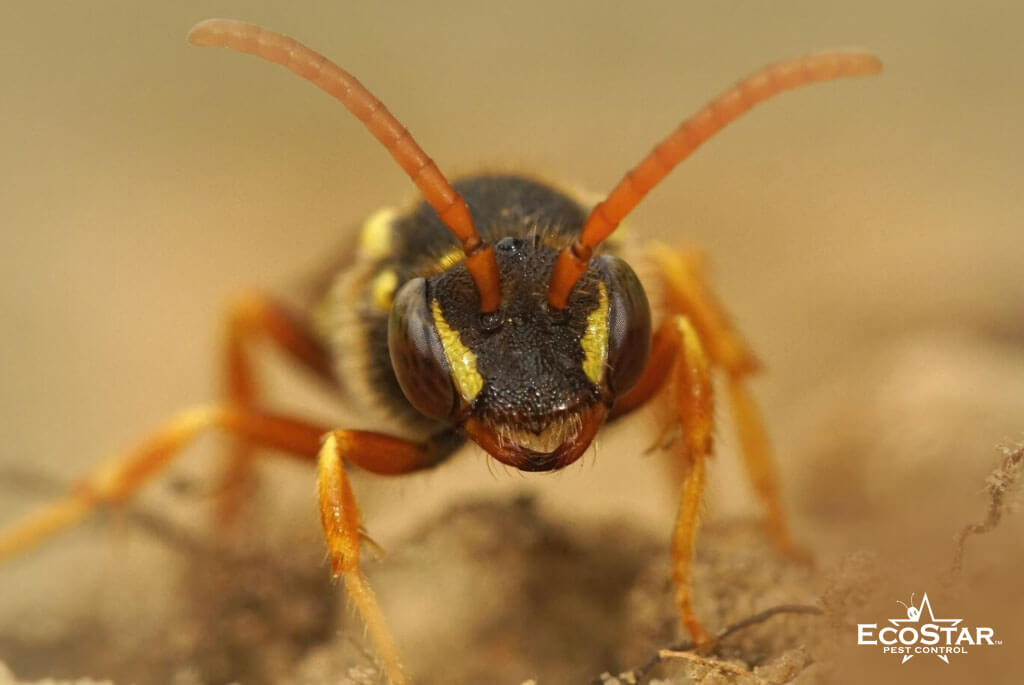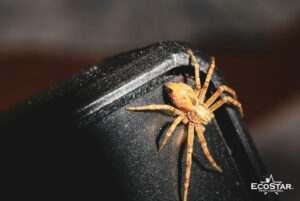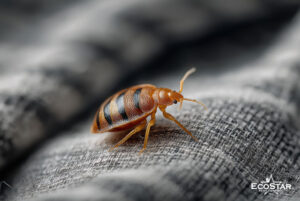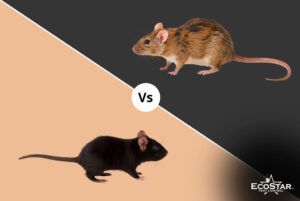Table of Contents
When you see a wasp around your home or yard, it’s easy to think they may have a nest close to your living area.
They usually travel far from where they build their nests. You could start seeing more wasps around.
Getting stung by a wasp isn’t just painful, it can be risky if you’re allergic. That’s not something you want around your home or backyard.
The good news is, you don’t have to share your yard with them. With the right steps, you can cut down on the chances of wasps nesting around your home.
Let’s start with the types of wasps you’re most likely to see in Texas, and then we’ll cover seven expert tips that really work.
Types of Wasps Found in Texas
Texas has no shortage of stinging insects, but three types of wasps are most common around homes:
Paper Wasps:
Paper wasps have slim bodies with a narrow waist and long legs. They’re usually brown or reddish with yellow marks. Their wings look thin and dark, and you’ll notice their legs hanging down when they fly.
You’ll often find their nests under roof edges, in shed corners, or along rooflines. If you get too close, they may attack when they feel threatened.
Yellowjackets:
Yellowjackets have short, stocky bodies with bright yellow and black stripes. Their wings are clear, and their legs are smooth and short.
They usually make nest in the ground, thick shrubs, or inside wall spaces.
If you get too close, they come out fast and sting in groups, which can be dangerous to handle self.
Hornets:
Hornets are larger than paper wasps and have thicker bodies with black and yellow markings. They also have long legs that hang down when they fly.
You’ll usually find their nests high in trees, attics, or along rooflines.
Their sting is powerful, and they’ll quickly defend the nest if they feel threatened.
How Wasp Stings Can Be Very Dangerous
A wasp sting can cause pain, swelling, and redness. For kids, pets, or anyone with allergies, it can be a lot worse.
Yellowjackets and hornets can sting more than once, and a few stings can turn serious fast. That’s why it’s always better to prevent nests early instead of dealing with them after they form.
7 Expert Tips to Keep Wasps Away
1. Keep Food and Trash Covered
Wasps are attracted to both protein and sugar. Keep outdoor trash cans tightly sealed, clean up food after cookouts, and avoid leaving pet food bowls outside.
2. Seal Cracks and Gaps
Small openings give wasps easy entry into garages, attics, and wall spaces. Seal gaps around windows, doors, and rooflines to keep them out.
3. Knock Down Small Nests Early
Look out for nests forming on porches, in the eaves, or on shed roofs. A small nest forming can be removed safely before it gets bigger. Never approach something more than 12 inches away or try spraying down a large nest alone.
4. Eliminate Standing Water
An ample requirement for a pest falls in the category of water to survive. Causes for polite requests to empty birdbaths, buckets, and flowerpots usually range from water collecting around the house.
5. Maintain Your Yard
Trim shrubs, mow the grass, and remove piles of wood or debris. Clean, open spaces give wasps fewer spots to hide or build nests.
6. Try Natural Repellents
Some scents, like peppermint, clove, and lemongrass, naturally deter wasps. Planting these around outdoor spaces or using essential oil sprays can help reduce activity.
7. Call a Professional if Nests Keep Appearing
In case wasps keep coming back or if you find a big nest, do not take any risks. A licensed wasp pest control team will be able to remove nests safely while putting a prevention system so that you never have to bother with this again.
Why Texas Homeowners Trust EcoStar Pest Control
For over 15 years, EcoStar Pest Control has helped families all across Dallas–Fort Worth handle wasps and other stinging insects. Our local team knows how these pests behave and the safest ways to keep them away from your home.
Call us today at 214-774-4777 or visit EcoStar Pest Control to schedule your wasp service.



